Direct To Consumer (D2C)
What is Direct-to-Consumer (D2C)
For decades, retailers and wholesalers were middlemen between consumers and manufacturers. The d2c model would follow a routine whereby items were purchased in bulk from makers at set prices and sold to consumers at higher prices, often doubling or even trebling the output. These manufacturers to retailer to consumer examples abound. D2C business model is undergoing a change now, as new and innovative ways of getting products to the customer have emerged because of d2c consulting services. Technologies and strategic knowledge are changing the way manufacturers approach the retail process, as retail strategy consulting gains ground. Wholesalers and distributors used to provide the infrastructure, space and manpower manufacturers needed to depend on. With the rise of new technologies, the internet and businesses leveraging the websites, this business model is rapidly evolving. Manufacturers & major distributors are entering the retail process, selling directly to consumers.
Benefits of D2C Model
In earlier business models, manufacturers earned fewer profits as direct sales were the only options. With the internet and technology offering a way to connect consumers directly with manufacturers, this is changing. Companies earlier sought wholesalers to be viewed as legitimate companies. But now, as customers seek to meet specific requirements, companies are selling services and products online, offering bespoke solutions that meet the needs of demanding clients. A manufacturer now has the option to opt for direct retail channels. Customers and clients alike are end users who benefit from the direct to retail route taken.
There are a lot of other benefits of taking the d2c route for consumers and manufacturers. Here are the key advantages of going for this innovative retail strategy:
Time to Market is Reduced
Time to market significantly decreases. Rather than a long traditional retail sales cycle requiring locked in product development in advance of orders and deliveries, individual brands can prototype, test and move to market fast. This holds immense value as agility is the competitive differentiator to modern industries.
Complete Brand Control
Additionally, there is a complete brand control. Brand images are not subjected to dilution or distortion by third parties. Consumers seek powerful brands they can interact with directly. Customers or clients in the corporate ecosystem thrive on brands that build the right perception.
Price Control
Along with control over brand perception, manufacturers can control the prices as well. Directly routing the products or services to end users leads to direct communication with customers or clients regarding price points. Selling directly allows the accumulation of a data mine. Better customer data leads to effective promotional strategies, more customized products, higher sales, and better brand associations.
Assessing and Mitigation of Risks
Along with the emergence of e-commerce as a catalyst for accelerating strategic change, manufacturing to retail also leads to effective risk mitigation associated with direct selling to customers.
Transparency is the reason why D2C is the right path to take, whether you’re an established brand or one just starting out. This also makes it easy to solve the issue of customer satisfaction. By directly interacting with the end user, this offers incredible value for the manufacturer or company, when it comes to providing exclusive products to retail wholesale channels.
Manufacturers selling directly need to have an understanding of customer expectations and retail sales. Manufacturers that step into the direct market need to work on their brand. Shipping and customer infrastructure must be in place as well. Incorporating features such as chat and click enable corporate brands to connect and listen as well as interact with customers and clients.
Better Margins
D2C model offers real-time visibility as one comes closer to consumers. Along with quantitative demand for products, there is a greater insight into the quality of customer interactions. By interacting with customers and engaging in communication, it becomes clear what the customer wants. Products or services by B2B or B2C companies can be tailored to the client’s needs, therefore.
D2C offers total control over the business, right from the beginning of the supply chain to the consumer. Unique comprehension of customer requirements emerges from taking this retail route. The Direct to Consumer process highlights how to go beyond focus groups and market research. Direct contact with the customer through every stage of sales ensures your customers are in direct communication with you.
Faster Product Launches
A reason why legacy brands need to embrace this innovation is the faster speed to market and more rapid product launches.
With D2C model, corporate brands can even mitigate risk by launching innovative products on smaller scales. Manufacturers develop specific products, test it with demographics and then achieve feedback. This enables firms to understand how to make the required adjustments.
Increased Control over Market Reputation
In traditional manufacturer-retailer-distributor cycles, manufacturers can only control their marketing and packaging. Once the product hits the shelves, it’s all about retail prowess.
Though large brands can advertise, the sales process rests in the hands of the retailer who may offer other alternative brands and detract from customer loyalty. In today’s hyper-competitive e-commerce world, customers need a quality product and a perfect experience.
Controlling the customer experience from start to finish is more appealing than trusting retail partners and distributors. Brands are able to control the experience right from the point the customer makes the engagement to the point where the product is purchased.
Omnichannel Commerce
Another strength of Direct to Retail is the reliance on omnichannel platforms. This assures customers experience an integrated retail session, where they can browse across various channels, choose a wide range of delivery options and return in the ways irrespective of which channel brought the products in.
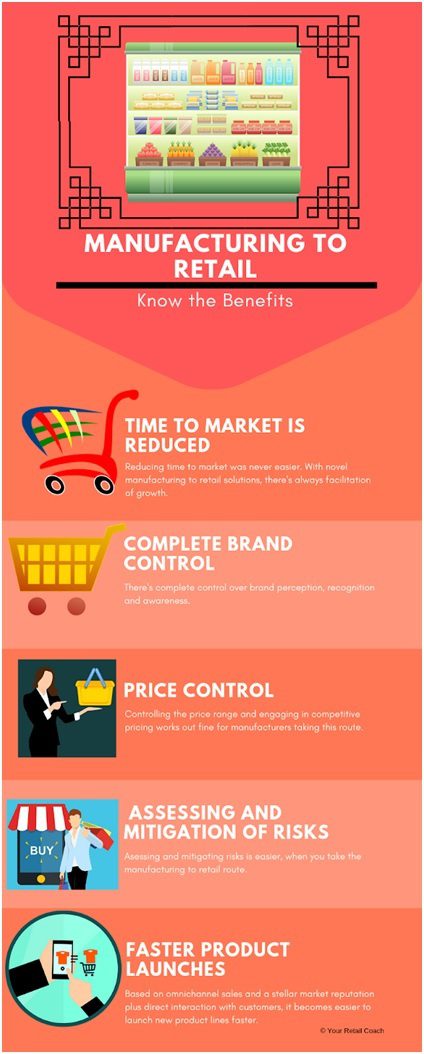
Reaching End Consumers
Direct-to-consumer (D2C) offers a new way for manufacturers to reach end users, whether the route is taken by e-commerce, brick, and mortar or click and mortar platforms. Once your brand is ready to take D2C route, you can pick or choose the sales channels, wherein customers or end users can interact directly with your brand.
Long established retail or distributor networks cannot match the efficacy and ease with which manufacturers can reach customers or end users directly.
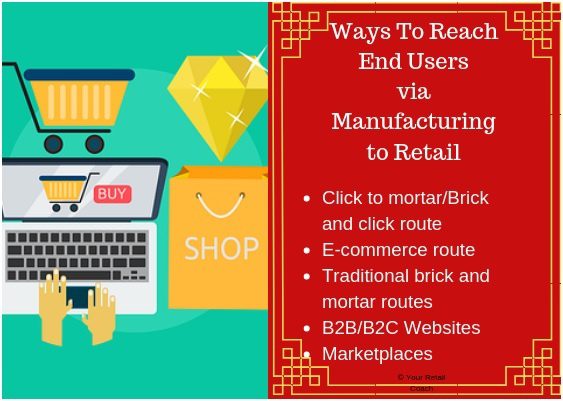
Advantages to Dealers and Distributors?
One of the factors deterring legacy brands taking D2C or Direct-to-Retail route is the impact on current retail relations. But the manufacturer versus the distributor vs the retailer comparison is not required, because this form of retail expansion is a win-win outcome for distributors and retail channels as well. A B2C or B2B company that has gained a foothold with retailers and secured shelf space which assures domination in the markets can easily establish distribution channel partnerships. There’s no need for risking market positions or alienating retail partners.
But, thanks to franchises and retail distribution channels, the very opposite effect takes place. A Forrester Research study has confirmed over 54 percent of manufacturers selling directly to consumers have seen growth via channel partners. Redirecting the end user to retail partners for order fulfillment ensures manufacturers don’t lose out on profitable retail partnerships.
The research also revealed 50% of manufacturers indicated sales helped to improve brand awareness and boost sales and lead for channel partners. A further 14 percent of manufacturers reported D2C strategy enabled easier testing of new, innovative products before these were pitched to the market.
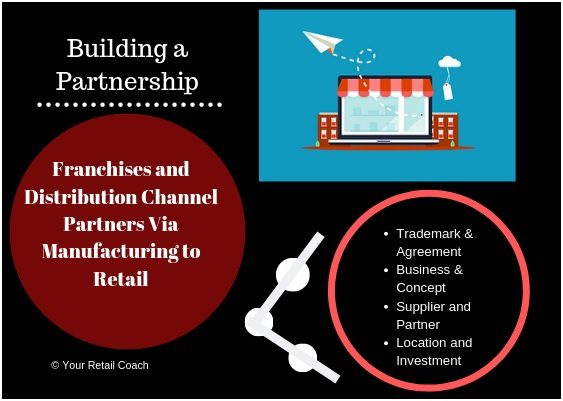
Case Studies
As more consumers turn online to research and fulfill buying decision, brands need to embrace customer preferences and innovate models. Manufacturers ahead of the curve sell directly on websites and through marketplaces.
Top players like Nike and Tesla Motors are choosing to go direct. D2C business management consultants like Your Retail Coach (YRC) has worked with a number of leading corporate brands to facilitate the direct-to-consumer process.
CASE STUDIES
Services Offered for
Direct-to-Consumer (D2C)
Get Advice for Business Consulting
Related Blogs
Making the most out of the festive season shopping: A Customer Perspective for Retailers
Decoding the Festive Shopping Spree For us, as customers, the festive season is a licence to spend. The vibes of festivity ushers with joy and a sense of celebration. This elevated mood often turns into an enhanced willingness to spend and indulge in shopping. It is a...
Mitigating Business Risks in Retail
Spotting the Swirls Sailing the stream of retail is canopying between opportunities on the surface and risks as the current of that stream. If the bad swirls are not spotted in advance, it can turn things undesirable. While big brands grapple with issues like lapses...
How Retailers are Enhancing Customer Experience (CX) with Hyper-Localisation
Hyper-localisation is an alignment strategy that helps retail brands and businesses mould into the requirements of a locality-based market environment. Marketing-wise, it helps retailers tailor their value propositions to cover the needs and expectations of highly...


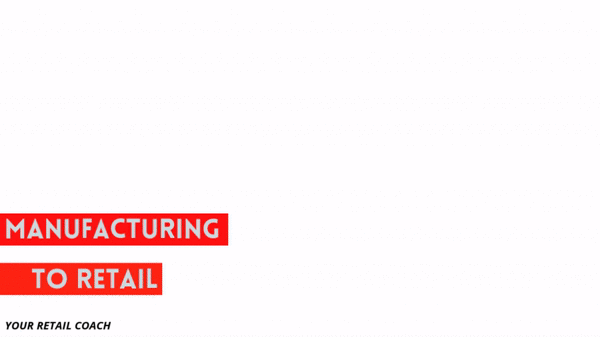
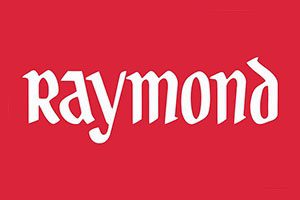

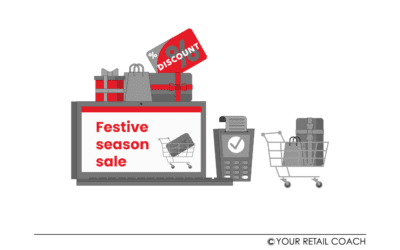
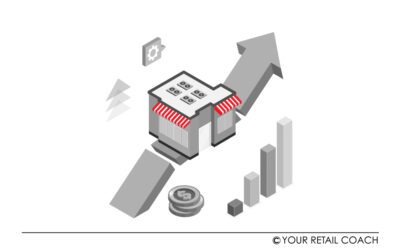

We work only for Visionaries.